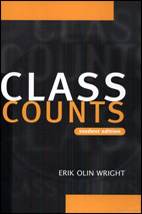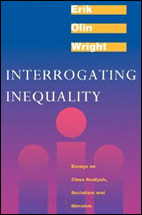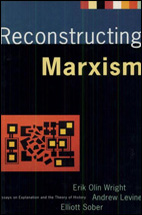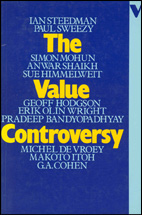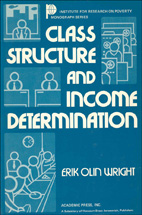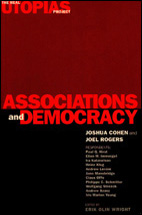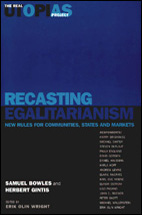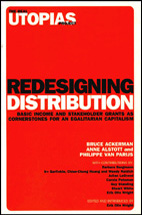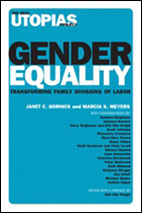Class Counts
Class Counts by Erik Olin Wright, Cambridge University Press 1997 (Student Edition, 2000)
Class Counts combines theoretical discussions of the concept of class with a wide range of comparative empirical investigations of class and its ramifications. What unites the topics is not a preoccupations with a common object of explanation, but rather a common explanatory factor: class. Four broad themes are explored: class structure and its transformations; the permeability of class boundaries; class and gender; and class consciousness. The specific empirical studies include such diverse topics as the sexual division of labor in housework, gender differences in managerial authority, friendship networks in the class structure, the expansion of self-employment in the United States, and the class consciousness of state and private sector employees. The results of these studies are then evaluated in terms of how they confirm certain expectations within the Marxist tradition of class analysis and how they pose challenging surprises.
Buy from Amazon.com / Amazon.co.uk
Chapter 1. Class Analysis
Chapter 2. Class Structure
Chapter 3. The Transformation of the American Class Structure, 1960-1990
Chapter 4. The fall and rise of the American Petty Bourgeoisie
Chapter 5. The Permeability of Class Boundaries
Chapter 6. Conceptualizing the interaction of class and gender
Chapter 7. Individuals, families and class analysis
Chapter 8. The noneffects of class on the gendered division of labor
Chapter 9. The gender gap in workplace authority
Chapter 10. A general framework for studying class consciousness and class formation
Chapter 11. Class consciousness and class formation in Sweden, the United States and Japan
Chapter 12. Conclusion: confirmations, surprises, and theoretical reconstructions
From the full edition: Methodological Appendix to Chapter 2.


